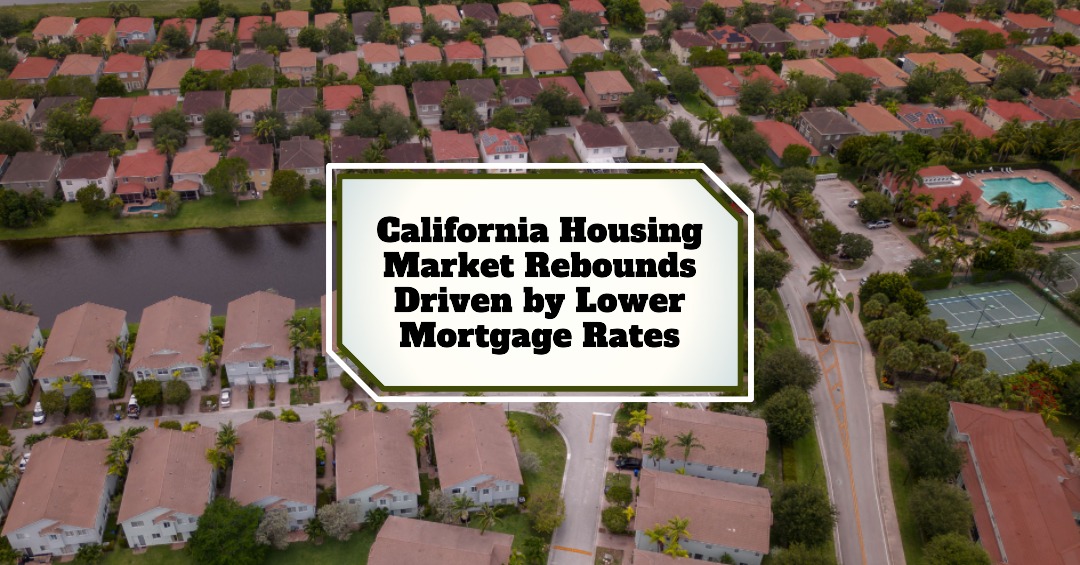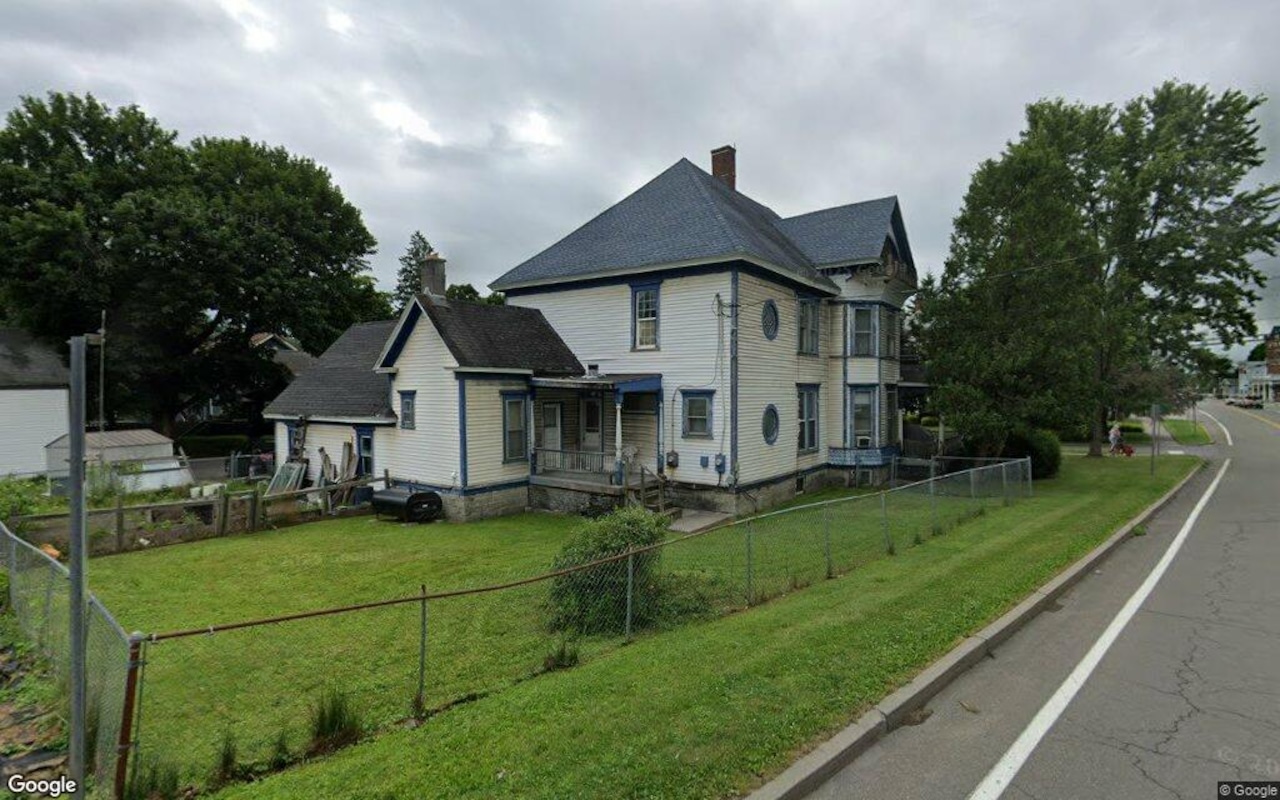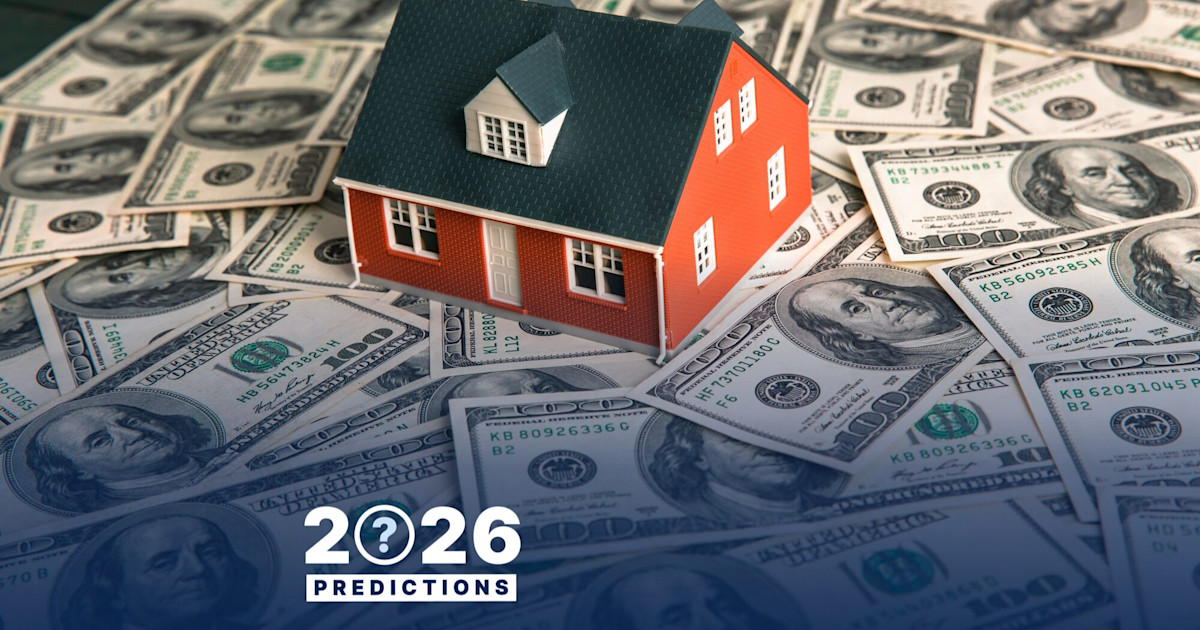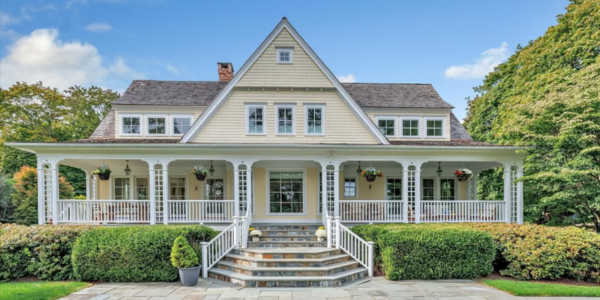A
fter a slow summer, California’s housing market began to pick up in August, with single‑family sales rising 0.9 % from July to an annualized 264,240 units. Although still a touch below last year’s pace, the month‑over‑month gain, coupled with a sharp 8.3 % jump in pending sales, signals a possible stronger finish to the year.
The rebound is largely tied to mortgage rates. The 30‑year fixed rate averaged 6.59 % in August—slightly higher than the 6.50 % seen a year earlier but a 10‑month low that has spurred buyers to re‑enter the market. C.A.R. President Heather Ozur noted that many prospective buyers had been waiting for rates to fall, and the recent decline appears to have nudged them back into action.
Price dynamics also improved. The statewide median home price climbed to $899,140, up 1.7 % from July and 1.2 % above August 2024, ending a three‑month streak of annual declines. C.A.R. Senior Vice President Jordan Levine explained that the modest uptick and a stabilization in reduced‑price listings suggest a short‑term balance between supply and demand, boosting buyer confidence and keeping sellers’ values steady.
Regional performance varied. Only the Far North and Central Coast saw year‑over‑year sales growth (+2.9 % and +1.6 % respectively). The Bay Area, Southern California, and Central Valley all experienced sales declines, yet all recorded modest price gains (2.8 %, 1.2 %, and –1.0 % respectively). County‑level data highlighted even greater disparities: Mariposa County posted an 81.8 % sales increase, while Yuba County fell 35.3 %. Price changes ranged from a 32.6 % rise in Santa Barbara County to a 21.7 % drop in Del Norte County. These figures underscore that local inventory levels and economic conditions shape each market’s trajectory.
Inventory conditions remained buyer‑friendly. The Unsold Inventory Index rose slightly to 3.9 months in August from 3.7, indicating that demand has improved but supply is still ample. Active listings grew 23.5 % year‑over‑year—the slowest pace since March—suggesting a potential cooling of supply as the season shifts. The median days on market for single‑family homes increased to 31 days from 22 in August 2024, reflecting a less frantic selling environment. The sales‑to‑list price ratio fell to 98.3 % from 100 % a year earlier, meaning homes are now selling slightly below asking price, a welcome change for buyers.
For buyers, the combination of lower rates, stable prices, and longer selling periods creates a more accessible market. Those who had paused can re‑enter with less pressure and greater negotiating power. Sellers, meanwhile, should adopt realistic pricing strategies; the market is no longer a pure seller’s frenzy, and competitive pricing will be essential to attract buyers in a slightly slower environment.
Looking ahead, the August data injects cautious optimism. Sales momentum, pending commitments, and price stability point to a resilient market, but the outcome will hinge on mortgage rates. If rates stay near current levels or ease further, the positive trend could continue; a sharp rise could quickly dampen enthusiasm. Stakeholders will keep a close eye on Federal Reserve signals and broader economic indicators in the coming months.
In summary, California’s housing market is rebounding after a sluggish summer, driven by falling mortgage rates and price stabilization. While regional disparities persist, the overall picture shows increased buyer activity, steadier inventory, and a more balanced market that offers opportunities for both buyers and sellers.














